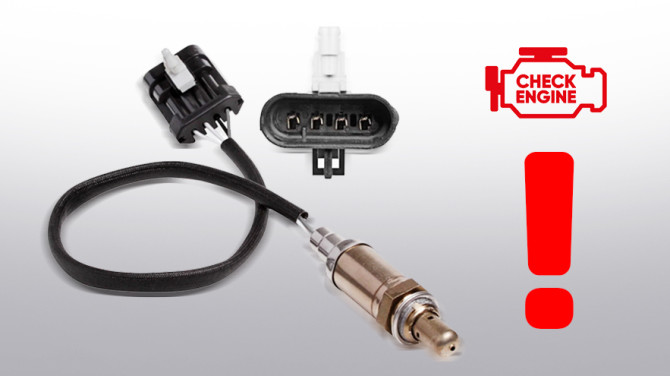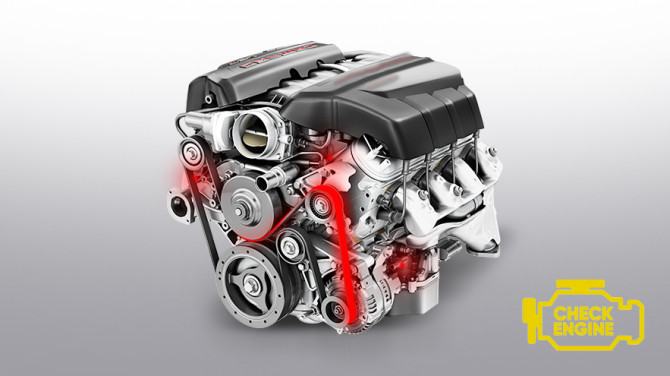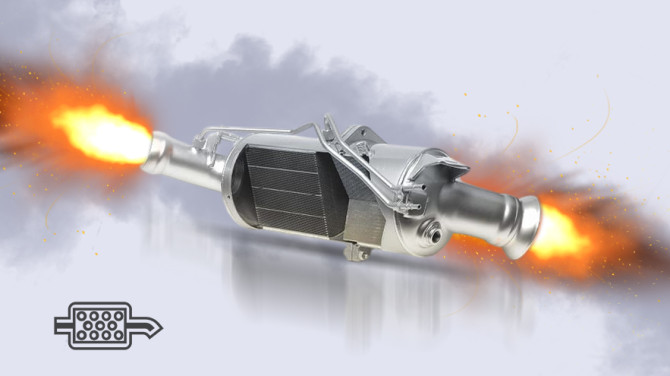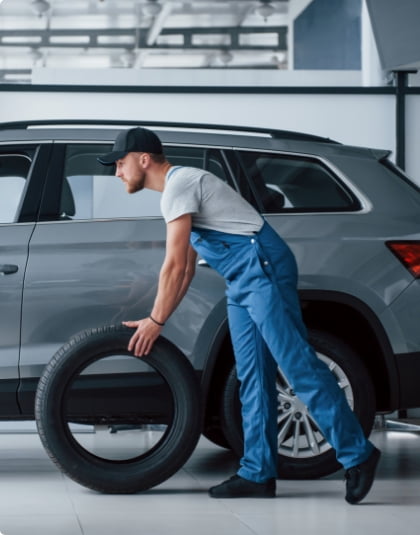Functionality and weaknesses of the tie rods
Content of article:
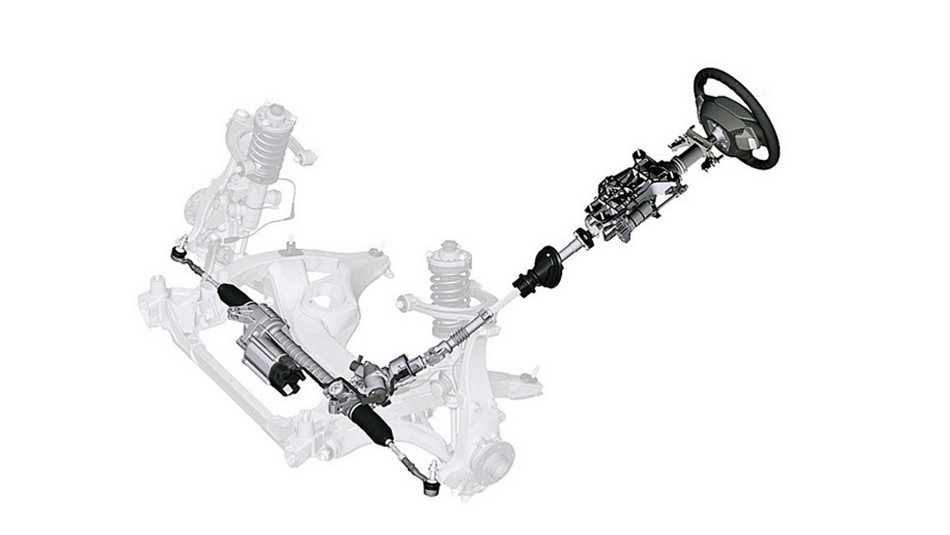
Sign up for the service
A sales consultant will contact you within next 30 minutes.
There are two main types of steering systems installed in cars: those with a worm-type reducer and those with a rack.
- Worm-type Reducer Steering: This type has a few distinctive features, such as its ability to absorb impacts from uneven road surfaces more effectively. However, it has drawbacks, including less responsive steering and increased angles in the turning mechanism. Numerous tie rods and ball joints are part of this system, resulting in increased play, making the steering less informative and heavier. Despite these drawbacks, this type is commonly used in older models and heavy-duty vehicles.
- Rack Steering: Rack steering systems are more compact, with fewer tie rods and joints, making them cost-effective. Due to their compact design, rack systems are suitable for front-wheel-drive vehicles with MacPherson strut suspension. Despite their simplicity, rack systems provide precise control and easy maneuvering. However, any impact on the wheel is directly transmitted to the steering wheel. Rack systems are not suitable for heavy-duty vehicles or dump trucks due to their simple design.
Functionality and Weak Points of Tie Rods
Types of Tie Rods:
- Tie rods come in two variants. The first type has ball joints on both ends, and the second type connects two smaller ball jointed ends with a threaded rod.
Functionality:
- The ball joints on both ends allow independent movement of each wheel, ensuring the vehicle's stability during turns.
- Proper steering efficiency depends on the correct alignment of the wheel angles, preventing the inner wheel from skidding on the road during turns.
Common Issues and Causes:
- One common issue is a broken or torn dust boot, allowing dust and dirt to enter, affecting the system's functionality.
- Impact on the wheel, causing deformation or damage to tie rods, resulting in incomplete turns of the inner wheel.
- With age and wear, tie rod ends may experience geometry deviations or insufficient lubrication.
Signs of Tie Rod Issues:
- Knocking or clunking sounds from the suspension.
- Increased steering wheel play.
- Vibration in the steering wheel, especially on uneven surfaces.
- Difficulty steering or a heavy feel when turning (applies to non-power steering or failing power steering systems).
When to Replace Tie Rods
Tie rods may need replacement if you notice:
- Unusual sounds or increased play in the steering.
- Vibrations or a heavy steering feel.
- Vehicle pulling to one side.
- Uneven tire wear.
DIY Removal and Replacement of Tie Rods
Tools required: Jack, jack stands, puller (or hammer and small pry bar), pliers, wrench and socket set, WD-40.
Procedure:
- Remove the wheel.
- Loosen and remove the nut on the joint.
- Use a puller or hammer and pry bar to disconnect the joint from the steering knuckle.
- Unscrew the tie rod from the rack (WD-40 may help with rusted threads).
- Make a mark on the new tie rod to match the old one.
- Install the new tie rod in reverse order.
Remember, if you experience issues with your steering system, it's crucial to diagnose and address them promptly to ensure safe and efficient vehicle operation. Regularly checking tie rods and related components can prevent more significant problems down the road.

